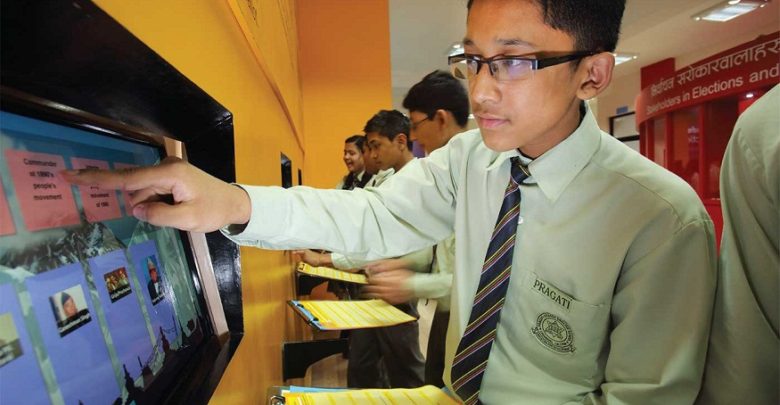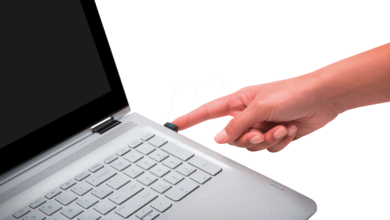How Technology Can Improve Elections

The presidential election in the US is around the corner, and every candidate wants successful elections. For you to achieve this goal, political discussions have shifted from dinner tables and water coolers to social media and smartphones.
However, the challenge in elections is not with security issues alone. It’s also with how political leaders can protect the secrets of ballots, an ultimate bedrock principle of fair and free elections. With technology evolving at a greater speed, more voting options may offer voters a convenient way to vote and help candidates improve:
1. Management Systems
Regardless of where elections occur, management systems are facing risks of organizing them. These may be related to operational, security, legal, and political challenges. Today, many management systems across the globe use technology, like IT, to improve the elections.
The use of IT in elections is increasingly getting more attention than before. This technology is perceived as a solution for electoral hurdles, such as the faster transmission of results and making registration more accurate.
2. Voting Methods
The circumstance of different electorates and political environments have made some countries look for better alternatives to replace their voting methods. From aiming to increase accessibility and inclusion to managing millions of votes, some countries have turned to new technology to address election challenges.
With artificial intelligence and big data technological advancements going mainstream, the election procedures are affected. Today, technology has better memory compared to human beings, so you can change every casting method, such as approval voting, by offering better education and motivation to voters.
3. Communication Systems
Voters who receive three or more election reminders are likely to vote than members who don’t get a single message. While well-timed reminders are a perfect way to improve the turnout of voters, every aspect of communication should be skillfully executed and planned.
Special emails, postcards, and letters are flexible strategies you may use to boost turnout. With technology, you can expertly deploy, report, schedule, and track these strategies to maximize results and measure effectiveness.
4. Smart Campaigns
Election aspirants have always depended on polls to offer them motivations on where they stand and what they need to change regarding their campaigns. With the rise of technological advancements, aspirants may now understand what is working in their campaigns.
Through this information, campaigns may become effective and tailored to garner the funds, public opinions, and votes required from a certain constituency or region.
5. Transparency
As election technology gets closer to the voting stations, infrastructure, capacity building, hardware, and training need improvement. Technology, like mobile voting using a tested and safe interface, may boost voter turnout and get rid of fraud. It can make things convenient for citizens to vote while abroad, regardless of time and distance.
People may also use mobile voting as an important tool to maintain transparency in the election, streamline the procedures of counting votes, and reduce the costs of conducting the electoral processes.
Making Elections Better through Technology!
Technology in elections is not news to people who have been paying attention to new updates. The voting system in the US is basically a patchwork of outdated technological advancements. Some polling stations have electronic voting machines, though they are difficult and complicated to use. This is why political leaders need to incorporate new technologies to change voting systems.




